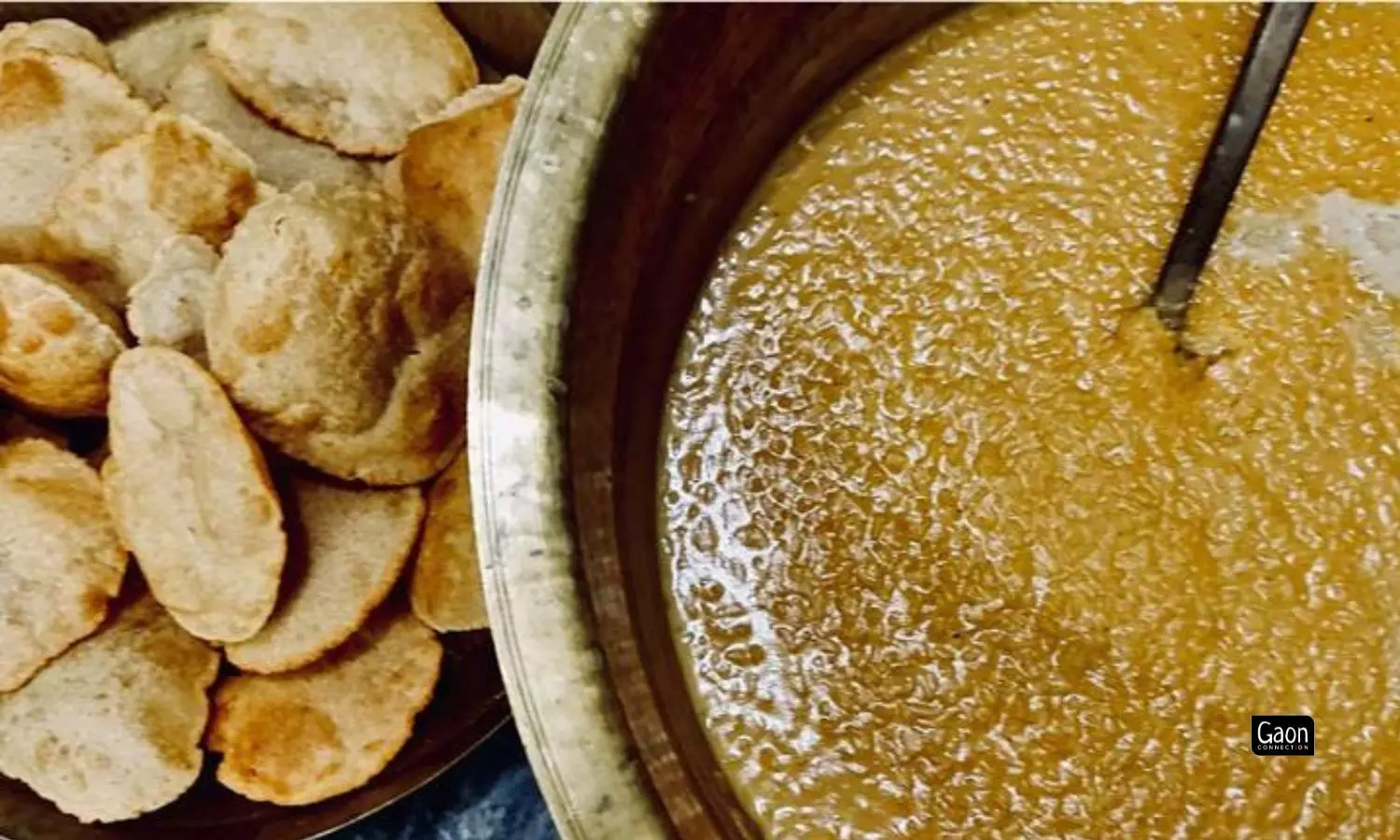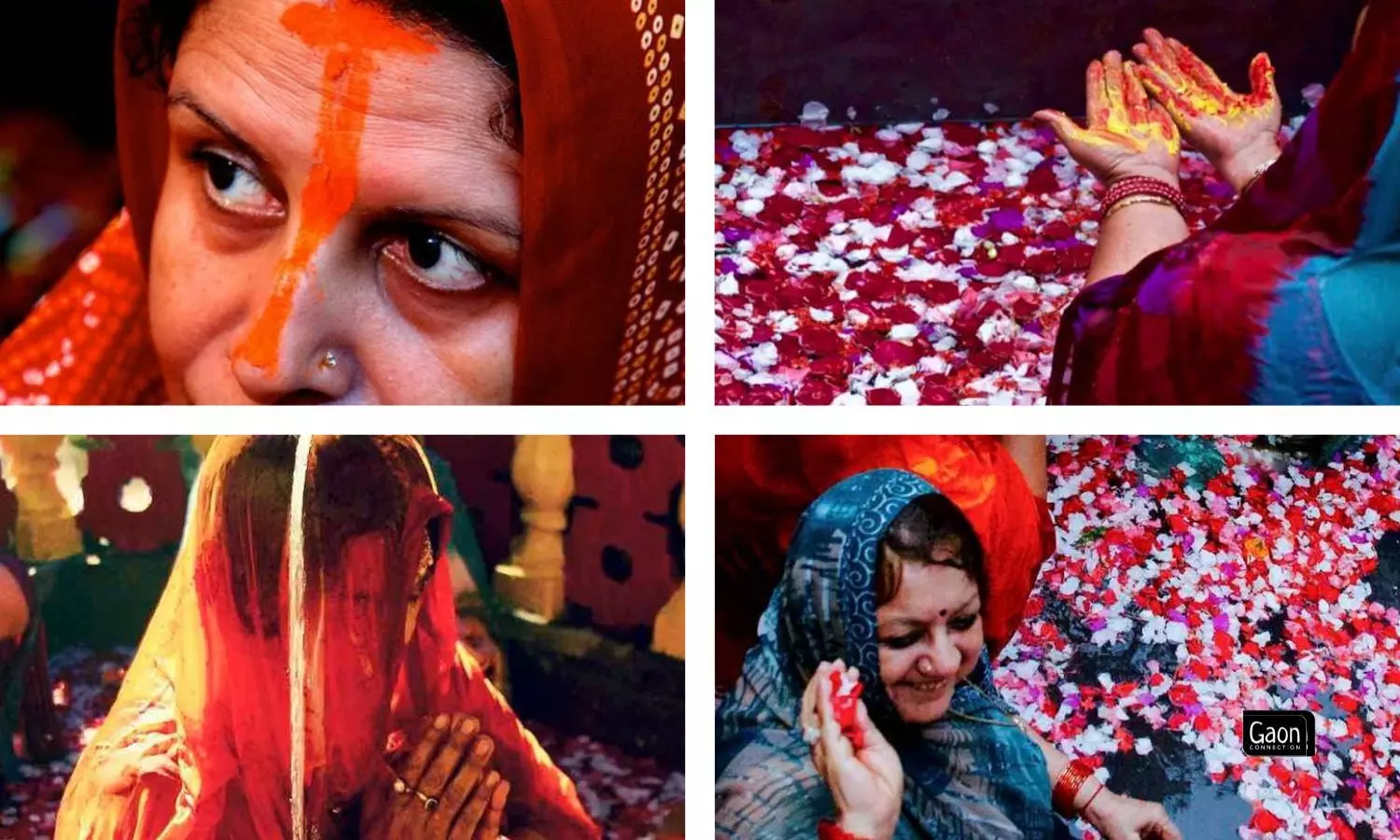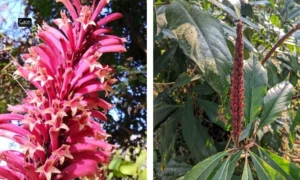With the celebrations of Diwali fading away gradually in the country, the states of Bihar and Jharkhand, parts of Uttar Pradesh as well as Nepal prepare for another four days of prayer, fasting and feasting as they celebrate Chhath, that falls six days after the festival of lights.
During this period, the sun god is invoked and along with him, his consort Goddess Usha and his sister Chhathi Maiya. The four days are filled with rituals and a strict adherence to age old customs and traditions. These include a dip in water bodies closest to those who observe the Chhath, and strict fasting.
Over the years the rigorous rules and protocols have relaxed, and I know that my mother follows exactly what my naniji (maternal grandmother) did. Now, I am trying to do the same. Naniji remains my reference for a strong woman, closely followed by my mother.
Chhath Puja Day 1: Nahay Khay
On the first day of Chhath Puja, devotees wake up early in the morning, worship the Sun and cook a proper meal for themselves.
The lunch that day is known as Nahay Khay, which means ‘Bathe and Eat’. This is the penultimate meal before the following day’s fast.

The lunch that day is known as Nahay Khay, which means ‘Bathe and Eat’.
The meal includes rice, bottle gourd in gram lentil (chana dal mein lauki), dry potato with dill (aalu aur soa bhujiya), fenugreek pakoda (methi ka pakoda), spinach (palak ka saag), potato and fresh peas (aalu matar ki sabzi), coriander chutney (dhaniya ki chutney), fried bottle gourd in gram flour paste (lauki ka bachhka) and fried green chilly mixed with fresh lemon juice.
Chhath Puja Day 2: Kharna
The second day of Chhath is known as Kharna. Devotees wake up at the crack of dawn, drink sharbat (juice) and then fast all day with not even a drop of water entering our mouth. Only at sunset is the fast broken with kheer poodi, made with rice boiled with jaggery and milk. We also serve this to guests who come home.

The second day of Chhath is known as Kharna when Kheer Poodi is made.
This is the big meal after which there is no food or drink to be taken till the fourth day of the festival. It is only on the fourth day that food is partaken, after the fast is broken with water.
Also Read: The Age Old Tradition of Making Aalta Patra for Chhath Puja
Chhath Puja Day 3: Sandhya Arghya
The third day of Chhath Puja is known as Sandhya Arghya which is also the day which is nirjala or without water. There is a tradition of offering Arghya to the setting Sun in a river or pond on this day.
We have a small pond at our home in Dhanbad, Jharkhand, which is used only during the Chhath Puja. The pond is cleaned, filled with water and decorated with flowers and rose petals.

The third day of Chhath Puja is known as Sandhya Arghya which is also the day which is nirjala or without water.
On the third day, thekua — a traditional Bihari dessert — is also cooked. Thekua is a cookie made with whole wheat flour.
Chhath Puja Day 4: Usha Arghya
The fourth day of Chhath Puja is known as Usha Arghya or morning offerings. On this day, all the devotees go to the riverbank or nearby water bodies before sunrise to make offerings to the rising sun. After offering Arghya, people sit on the ghat and offer their prayers, then prasad is given to the people around.

On this day, all the devotees go to the riverbank or nearby water bodies before sunrise to make offerings to the rising sun.
The festivities conclude with a havan.
Environmentalists have claimed that the festival of Chhath is one of the most eco-friendly religious festivals that should be used to spread ‘the message of nature conservation’.
Besides, it’s arguably one of the few Hindu festivals that transcend the rigid caste system, which emerged in the post-Vedic period, to touch upon the ideas of equality, fraternity, unity, and integrity.
Every devotee — elite or middle class — prepares almost similar prasad and other items to offer to the Almighty. All the devotees without any distinction in caste, colour or economy, arrive at the bank of rivers or ponds to offer prayers.
Happy Chhath! Jai Chhathi Maiya!
















